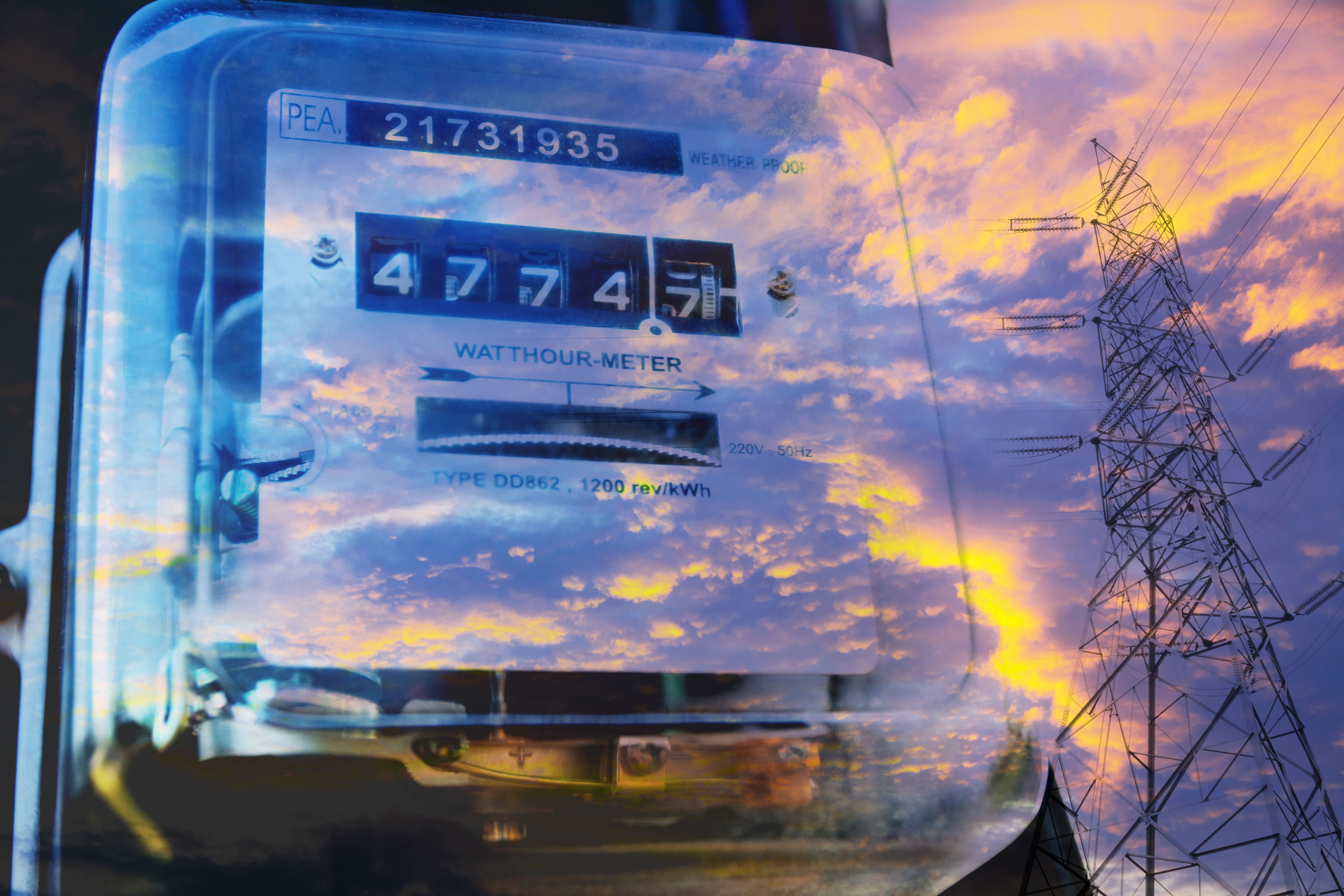
Energy usage goes up in the summer.
This is because people use more electricity during the hot months, from June through August. (Example: 87% of homes in the United States use air-conditioning, which accounts for 17% of our annual residential electricity expenditure.) As usage increases, the market prices increase as well, and suppliers purchasing electricity from the market have to pay more for that utility.
But the good news this year is this: the US Energy Information Administration (EIA) expects the summer average of residential electricity use in 2019 to be the lowest in five years, because of the National Oceanic and Atmospheric Administration’s prediction of a moderate summer.
EIA’s short-term energy usage forecasts that the typical US residential household will consume about 3,080 kilowatthours of electricity this summer, which is down by 5% from the average summer consumption in 2018. If this forecast comes to pass, it will be the lowest level of electricity consumption per customer since 2014 and the second-lowest level since 2001.
That said, there is still a lot that home and business owners can do to offset the increased energy bill they receive every year during summer, on account of an escalation in energy prices:
# 1: RESET YOUR THERMOSTAT
Set your thermostat as high as possible (we recommend 78°F) while still staying comfortable during the summer months. The closer the indoor temperature is to the outdoor temperature, the lower your overall cooling bill will be. The annual savings can be as much as 10%.
Try to keep your home or office warmer than normal when nobody is around, and don’t set the thermostat on a cooler setting when turning on the air-conditioning. This will probably lead to excessive cooling and consequently, a bigger energy bill.
# 2: MAKE SURE THERE IS PLENTY OF VENTILATION
A ceiling fan helps control energy usage in summer. If you have both a ceiling fan and an air-conditioner working at the same time, the thermostat can be raised by about 4°F, and you won’t realize the difference.
Any space that gets heated up should be properly ventilated. For example, the bathroom fan should be used after a shower to remove heat and humidity from your home, and the kitchen ventilation fan while cooking.
# 3: WATCH YOUR KITCHEN APPLIANCES
The fridge in your home or office break room is a silent energy guzzler. Check the manufacturer’s recommended settings and comply with it, because if your fridge is too cold, it’s costing you money. Another thing to remember is to keep the fridge reasonably full. It takes more energy to cool air than foodstuff and liquids.
The family’s got to eat, but try to curtail unnecessary usage of appliances like ovens and stoves that create heat – and make your air-conditioner work harder to offset it.
# 4: MAKE YOUR ATTIC ENERGY EFFICIENT
Attics heat up very quickly because of its proximity to the roof. Check the state of the insulation in your attic, and upgrade if necessary, to take some pressure off your central air-cooling unit.
# 5: REDUCE WATER HEATING COSTS
You probably don’t need as much hot water during summer as you do in the winter months. Water heating amounts to as much as 18% of the energy consumed in your house, so calibrate the temperature to a warm 120°F, which should be comfortable enough.
# 6: OTHER THINGS YOU CAN DO
- Keep the house dark whenever possible with blinds down and closed drapes, especially on west and south-facing windows, to reduce the amount of solar heat entering your space.
- Don’t keep electronics plugged in if they are not in use. Standby power can cost as much as $100 annually for an average family home.
- Seal windows and doors to prevent outside warm air from leaking in.
- Install energy-efficient lights. Consider switching to LED bulbs as they lower energy usage by 75% compared to incandescent ones. Also remember that only 15% of electricity consumed by incandescent lights results in illumination. The rest is given off as heat.
Good luck and stay cool! 😎



